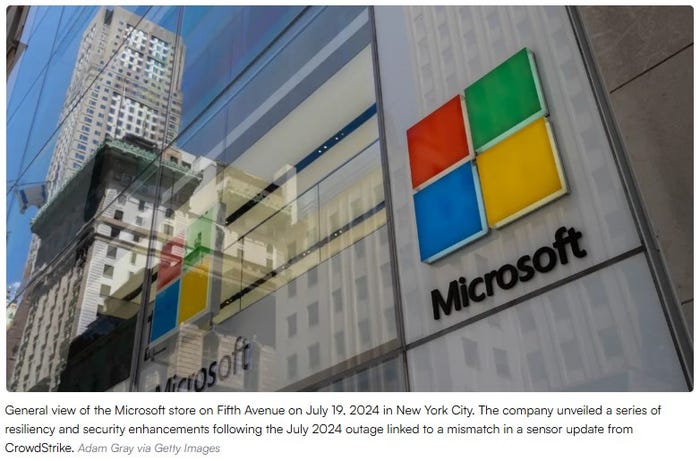Harris debuts multiband radio for public safety
Harris Corp. yesterday introduced the Unity XG-100P software-defined, multiband portable radio.
August 5, 2008

KANSAS CITY—Harris Corp. yesterday introduced the Unity XG-100P software-defined, multiband portable radio. The radio operates in four public-safety frequency bands from 136 MHz to 870 MHz and is compliant—in both conventional and trunking modes—with Phase 1 of the Project 25 standard. It also is software-upgradeable to Phase 2, which is an important feature, said Kevin Kane, the company’s director of U.S. product development.
“The four bands are the key [to the radio], because we see that as the key enabler for interoperability,” Kane said. “But also being software-defined allows it to be somewhat of a future-proof buy. We expect the Project 25 standard to evolve to add more capability. You’ll be able to upgrade … without buying a new radio. For someone who’s planning for the life-cycle costs of a radio, that’s a key feature.”
Other key features are embedded GPS and a large color screen, neither of which have been “typically available” in the public-safety sector, Kane said.
The radio is the second multiband product developed by Harris for the first-responder sector. The first, introduced in February, was the RF-1033M, which operates in VHF (low- and high-band) and UHF (also low- and high-band) spectrum and is targeted to federal agencies.
Harris has been producing multiband radios for the military for more than a decade, and that experience paid off in the development of the Unity radio, Kane said.
“We’ve delivered tens of thousands of multiband, software-defined radios, and we’ve obviously matured that technology, where it’s at a really high level of reliability” Kane said. “We were able to draw on that capability as we built this radio.
“Our multiband, software-defined radio technology is used under some of the most difficult conditions on earth every day, and it’s proving itself out everyday with good results. We’re trying to bring that to the equally difficult conditions faced by public-safety communicators today.”
However, Kane stressed that the Unity is not simply a dumbed-down version of the company’s military radios.
“This was designed from the ground up as a public-safety radio,” he said. “We took a lot of the feedback we got regarding the RF-1033 and were able to incorporate that into the second-generation design.”
The suggestions included broadening the swath of frequencies upon which the radio could operate, shrinking the form factor and reducing the weight, all of which were accomplished, Kane said. “We’ve addressed a lot of key user concerns.”
Harris isn’t the only company with a multiband radio in the public-safety space. In February, Thales introduced the Liberty radio, which operates in P25 conventional and trunking mode, as well as analog. Yesterday, Motorola unveiled the APX 7000, which also is P25 Phase 1-compliant and upgradeable to Phase 2.
Kane said the competition would be “a great thing” for the public-safety sector. “It’s been lacking, to some degree,” he said.
The radio is priced comparable to the “high-end, single-band radios that dominate the market today,” Kane said, in the neighborhood of $5000. It will be available for shipping in mid-2009.



